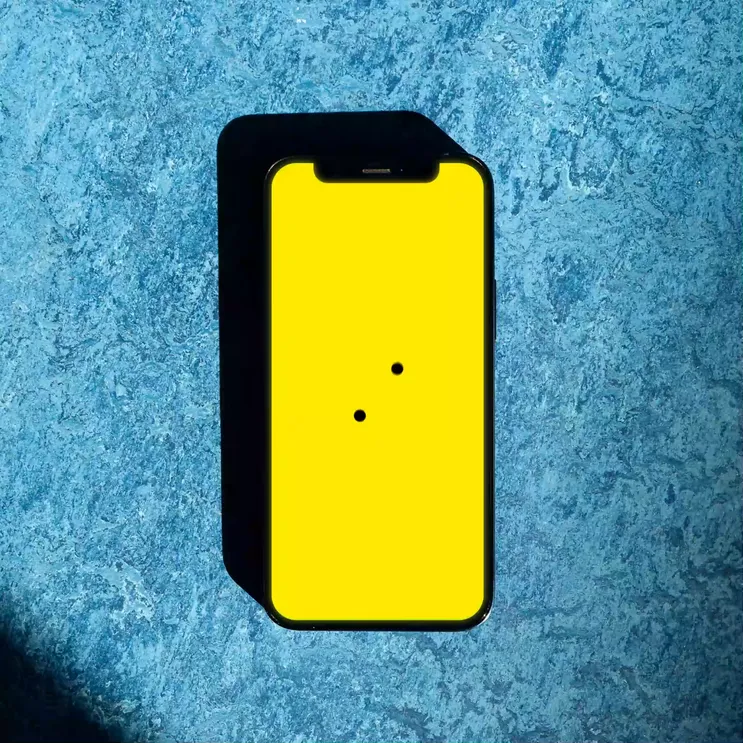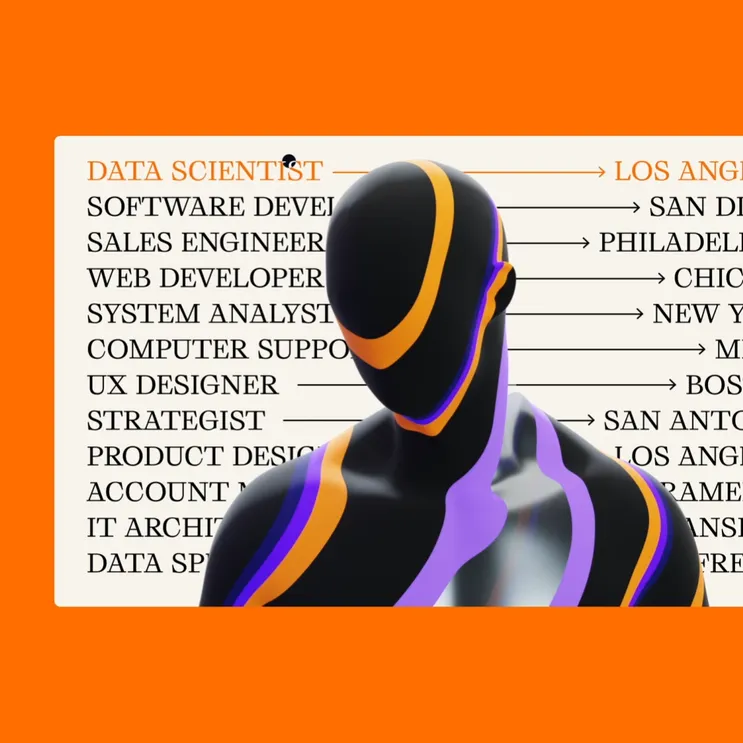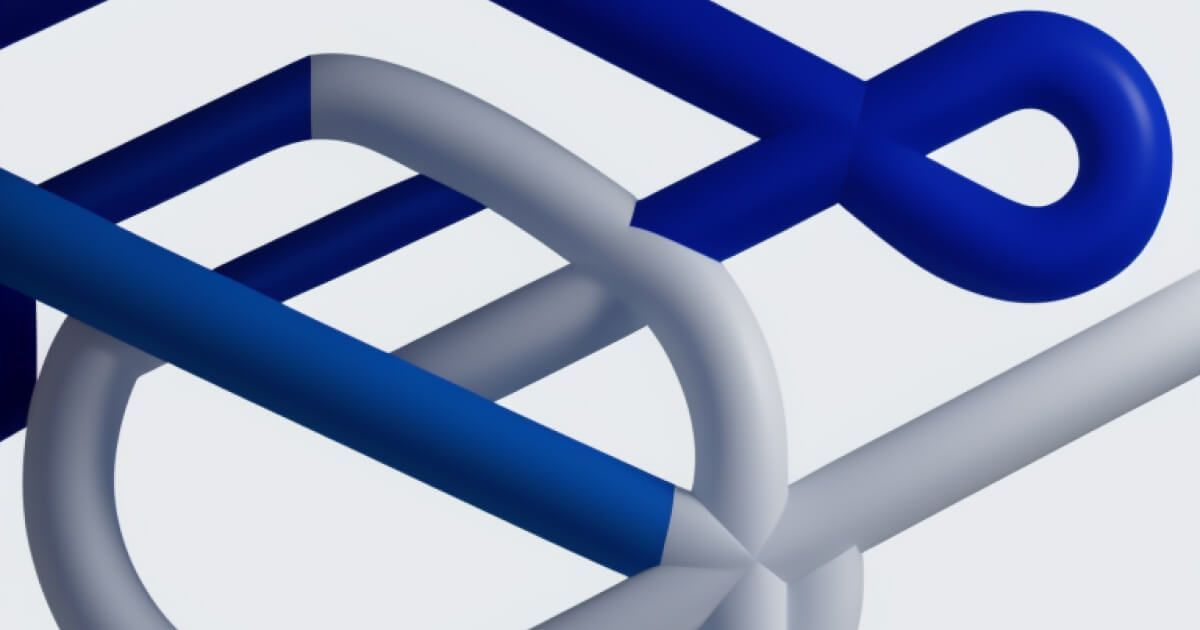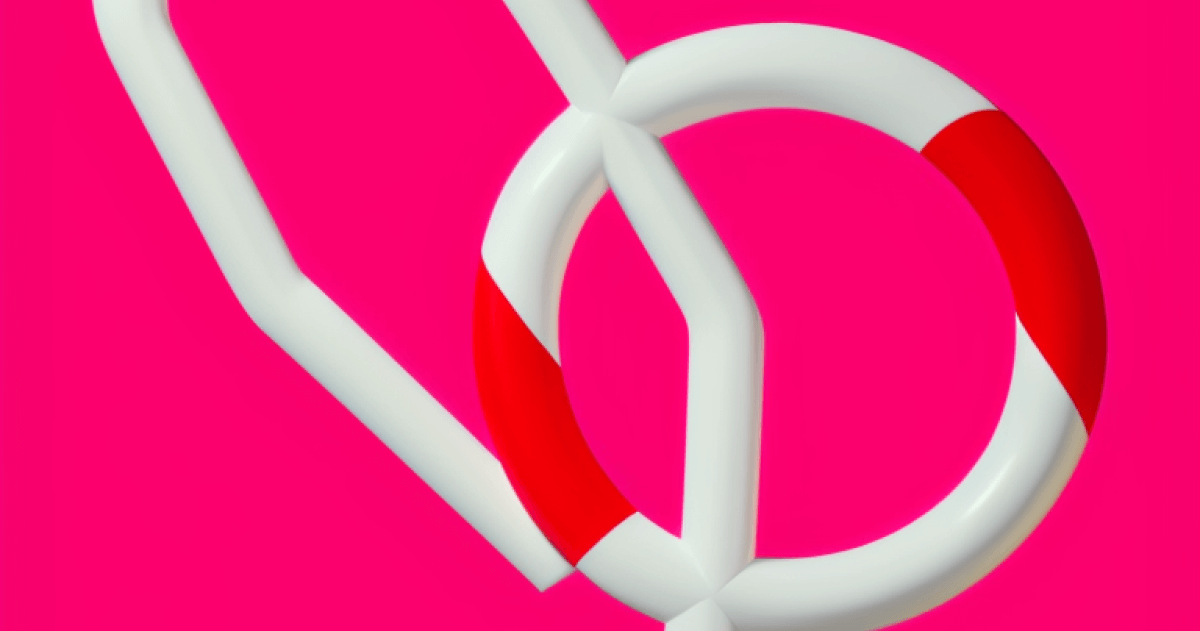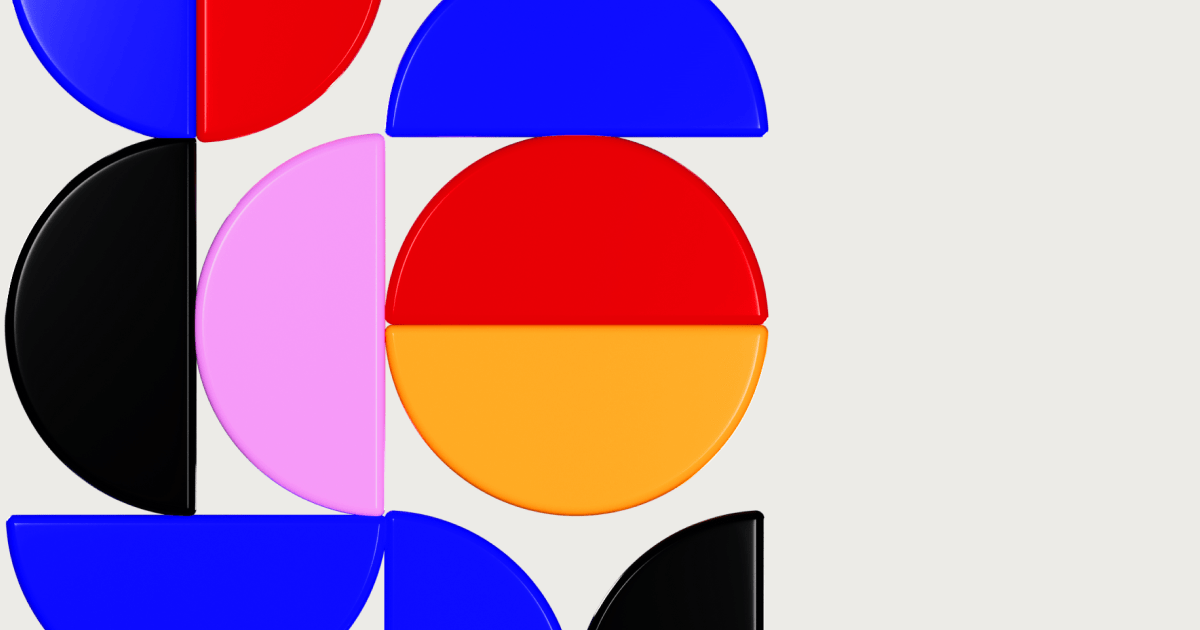Design
6 min read
Unlocking the Secrets: The Tales Behind 10 Iconic Digital Logos
A company’s logo plays a crucial role in shaping its identity, communicating its values, and connecting with its audience.
Often, a logo’s design and history remain hidden behind its polished exterior.
In this blog post, we will delve into the fascinating stories behind some of the world’s most famous digital brand logos.
The Google logo, with its distinctive primary colours and playful font, has become synonymous with the search engine giant. In 1998, Larry Page and Sergey Brin designed the original logo using the free graphic software GIMP. The logo has evolved over the years, but it has always maintained the use of vibrant colors to convey a sense of fun and approachability. The current design was introduced in 2015, featuring a sans-serif typeface called Product Sans, which was specifically designed for Google.
Apple
The iconic Apple logo, featuring an apple with a bite taken out of it, has a storied history. The first Apple logo was designed by Ronald Wayne and depicted Sir Isaac Newton sitting under an apple tree. However, Steve Jobs believed that this logo was too complex and enlisted Rob Janoff to create a simpler design. The result was the famous bitten apple, which is often associated with the “byte” pun, although Janoff denies this as the inspiration. The logo’s simplicity and elegance have become synonymous with Apple’s sleek product design and innovation.
The ubiquitous Twitter bird, known as “Larry the Bird,” is the brainchild of designer Simon Oxley. Interestingly, the bird was initially part of a stock image collection Oxley had created. Twitter co-founder Biz Stone stumbled upon the image and decided it would make a perfect logo for the platform. The name “Larry” is a nod to the famous basketball player Larry Bird, as Twitter co-founder Biz Stone is a fan of the Boston Celtics.
Amazon
Amazon’s logo, featuring an arrow that resembles a smile, was created by designer Turner Duckworth in 2000. The arrow connects the letters “A” and “Z,” symbolising that Amazon offers a wide range of products, from A to Z. The smile also represents the company’s commitment to customer satisfaction, further emphasising the positive shopping experience that Amazon strives to provide.
Airbnb
The Airbnb logo, known as the “Bélo,” was designed by London-based DesignStudio in 2014. The Bélo is an abstract representation of four different elements: a head (representing people), a location pin (representing places), a heart (representing love), and an “A” (representing Airbnb). The logo’s simplicity and versatility embody the company’s mission to create a sense of belonging and connection between people and places worldwide.
Spotify
The Spotify logo features a stylised, green sound wave that forms the shape of a circle, with three lines emanating from its centre. Designed by Collins, a New York-based design agency, the logo represents the streaming platform’s mission to connect people through music. The colour green was chosen to convey a sense of energy and freshness, while the sound wave design embodies the platform’s focus on delivering an endless array of music.
Netflix
The Netflix logo, with its distinctive red background and bold white lettering, is designed to capture viewers’ attention. The current logo was introduced in 2014, replacing the original logo that featured a movie reel with a red background. The new logo, designed by the in-house team and an agency called Gretel, features a custom typeface called Netflix Sans. The curved line under the word “Netflix” is a subtle nod to the streaming aspect of the company, evoking the idea of a continuous flow of content.
The Instagram logo has become synonymous with photo sharing and visual storytelling. The original logo, designed by co-founder Kevin Systrom, was a polaroid camera-inspired icon. In 2016, the logo was redesigned by Instagram’s in-house design team in collaboration with Mackey Saturday, a design consultant. The new logo features a simplified camera icon in a gradient of colours, representing the app’s transition from a purely photo-sharing platform to one that embraces a broader range of visual media, including videos and stories.
Uber
The Uber logo has gone through a few iterations since the company’s inception. The most recent logo, introduced in 2018, was designed by Wolff Olins, a global brand consultancy. The logo features a simple, custom-designed wordmark with the company name in lowercase letters. The font, called Uber Move, is inspired by transportation fonts used worldwide. The simplified design aims to convey a sense of reliability, safety, and efficiency, reflecting the company’s mission to provide seamless transportation solutions.
Dropbox
Dropbox’s logo, known for its distinctive blue box, was designed by co-founder Arash Ferdowsi. The original logo featured a literal box, but in 2017, the company decided to rebrand and simplify its logo. The new design, created by the in-house team and design firm Collins, consists of an abstract representation of an open box made up of two diamond shapes. The logo’s minimalist design and vibrant blue colour symbolise the company’s focus on providing a user-friendly and intuitive platform for file storage and collaboration.
There you have it!
These famous digital brand logos are more than just eye-catching symbols; they carry the weight of their company’s history, values, and aspirations. By understanding the stories behind these designs, we can appreciate the creativity and thoughtfulness that goes into crafting a logo that leaves a lasting impression on consumers. Check out these typography logos and the teams behind them that transform fonts into captivating visuals.












